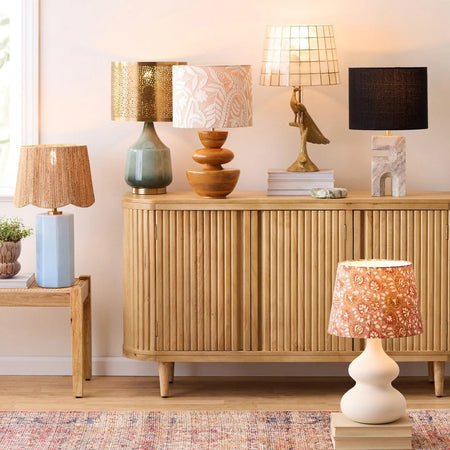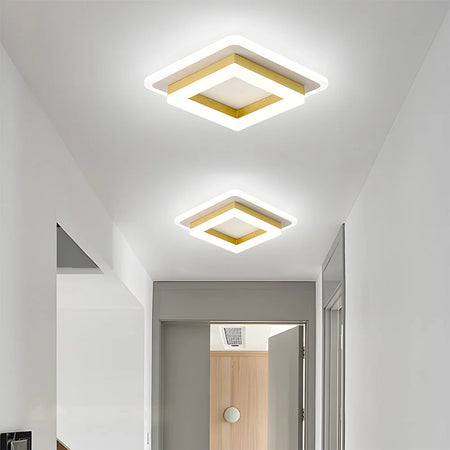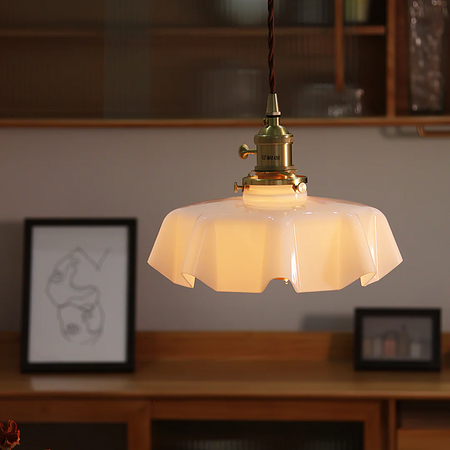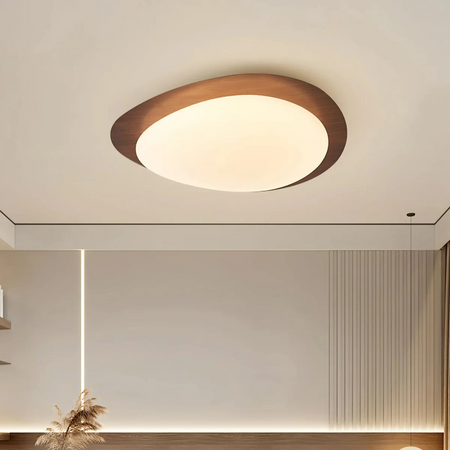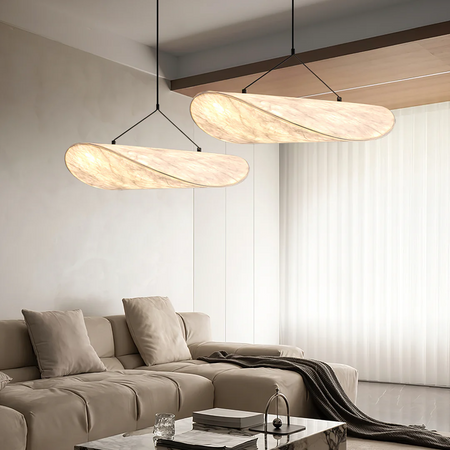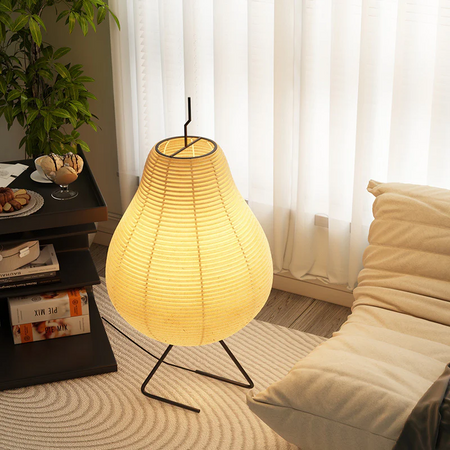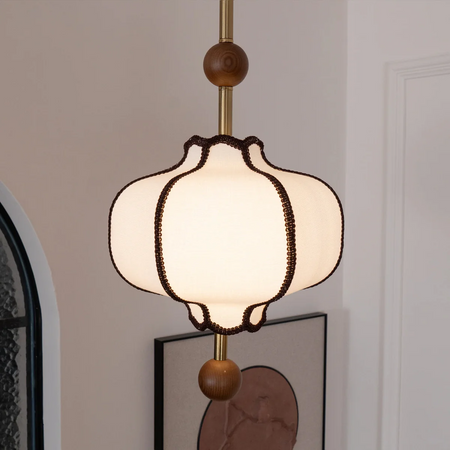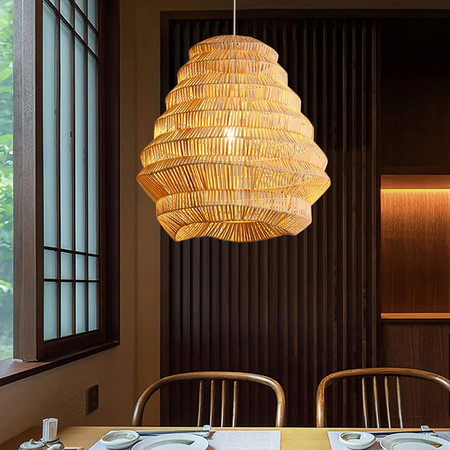Simple Tips for Placing Floor Lamps the Right Way
October 20, 2025 – Peyton stella Allison
You want your space to shine, right? Place floor lamps beside seating or in dark corners to boost both light and style. Even small moves can help a lot.
Studies show better health and mood after adjusting floor lamp placement.
Follow simple rules for floor lamps and watch your room transform.
Key Takeaways
Put floor lamps near seats. This helps you read better and feel comfortable.
Use more than one lamp in the room. This makes the light even and stops dark spots.
Pick the right lamp height and shade size. This keeps you comfy and stops bright light in your eyes when you sit.
Floor Lamp Placement
Floor Lamp Placement
Living Room Spots
You want your living room to feel bright and welcoming. The right floor lamp placement can help you do just that. Try these ideas:
Place a floor lamp next to your sofa or favorite chair. This gives you perfect light for reading or relaxing.
Put a lamp in an empty corner. This trick adds warmth and makes the space feel cozy.
Spread lamps around the room. This helps balance the light and gets rid of dark shadows.
Avoid putting all your lamps in one spot. Move them around for a more even look.
Tip: Use two matching floor lamps on either side of your TV stand or fireplace. This creates a balanced and elegant look.
Bedroom and Other Areas
Your bedroom needs soft, relaxing light. Place a floor lamp near your reading chair or next to your bed for a gentle glow. If you have a dark corner, a lamp there can make the room feel bigger and more inviting. In hallways or entryways, use a floor lamp to brighten the space and welcome guests. Always check that your lamp matches your room’s style for a pulled-together look.
Why Placement Matters
Lighting and Ambiance
Where you put your floor lamp changes how your room feels. You can use lamps to make a space brighter or softer. If you place a lamp next to your desk, you get better light for reading or working. Put one behind your TV, and you might notice less glare and less eye strain. A lamp in a dark corner can bounce light off the walls, making the whole room feel more open.
Did you know? The height of your lamp affects the mood. Lamps above eye level feel formal. Lamps below eye level make things feel relaxed.
Here are some ways lamp placement shapes your room’s vibe:
Lamps beside or behind a TV help your eyes feel comfortable.
Lights on the edges of a room make it seem bigger.
Accent lighting, like shining a lamp on a wall, draws attention to special features.
You can use these tricks to set the mood you want, whether you want cozy, bright, or dramatic.
Room Style
Your lamp does more than light up a room. It adds style, too. When you choose a spot for your lamp, think about how it fits with your furniture and colors. A lamp that matches your decor makes everything look pulled together. Sometimes, a lamp with a bold color or shape can stand out and give your room personality.
Floor lamps can help your room feel more stylish.
They work with your other decorations to create a theme.
Where you put your lamp can change how people see your space.
Try using color theory when picking a lamp. A lamp that matches or contrasts with your room’s colors can make your style pop.
Room Size and Layout
Room Size and Layout
Measuring Space
Getting the right amount of light starts with knowing your room’s size. You want to make sure every corner feels bright and welcoming. Here’s a simple way to measure your space:
Measure the length, width, and height of your room. Write these numbers down so you can plan better.
Check the height of your sofas, chairs, and tables. This helps you pick a lamp that fits well with your furniture.
Pick a lamp height that lines up with your eyes when you sit down. This makes reading or relaxing much easier.
Make sure your lamp is not taller than one and a half times the height of your table. The lampshade should sit at eye level when you’re seated.
Tip: For the best lighting, use one floor lamp for every 100 square feet. This simple rule helps you avoid dark spots and keeps your room balanced.
Furniture Arrangement
Where you put your furniture changes how your lamps work. You can use these ideas to get the most out of your floor lamps:
Place lamps behind sofas or next to entertainment centers for soft, cozy light.
Try two matching lamps on either side of a main feature, like a fireplace, for a balanced look.
Put lamps in dark corners or near groups of chairs to brighten up spots that need extra light.
Following these rules for floor lamps will help you create a space that feels both bright and stylish. You’ll notice a big difference when you match your lamp placement to your room’s size and layout.
Lighting Needs
Ambient
You want your room to feel comfortable and safe. Ambient lighting from floor lamps helps you see and move around easily. These lamps give your space a soft, even glow. You can adjust them to fit your mood or needs. Some lamps spread light in all directions, while others bounce it off the ceiling for a gentle effect.
Here’s a quick look at what makes ambient lighting special:Tip: Place your floor lamp where it fills the room with light, not just one corner.
Task
Sometimes you need light for a specific job, like reading or working. Task lighting helps you focus. Floor lamps with adjustable arms or swing heads work best here. You can move them close to your chair or desk. These lamps shine light right where you need it.
Task floor lamps give focused light for reading, writing, or crafts.
Many have adjustable heights and arms for better control.
They fit in small spaces and do not take up table space.
You can use these lamps in bedrooms, living rooms, or even small work areas. They make your tasks easier and more enjoyable.
Accent
Accent lighting lets you show off your favorite things. Want to highlight a piece of art or a cool plant? Use a floor lamp with a unique style or a dimmer. These lamps add drama and personality to your room.
Move accent lamps around to try different looks.
Pick a lamp with a bold design for extra flair.
Use dimmers to set the perfect mood.
Try mixing ambient, task, and accent lighting for a room that feels just right. 🛋️
Rules for Floor Lamps
You want your room to look great and feel comfortable. That’s why following the right rules for floor lamps makes such a big difference. Let’s break down what you need to know.
Height and Shade Size
Getting the height right is one of the most important rules for floor lamps. If you place a lamp next to your sofa, aim for a height between 58 and 64 inches when you’re sitting down. This puts the light right where you need it for reading or relaxing. For cozy corners or workspaces, a lamp that stands 48 to 54 inches tall works best. Always check that the bottom of the lampshade lines up with your eye level when you sit. This keeps the light gentle and stops glare.
Picking the right shade size matters, too. Here’s a simple trick: measure the height of your lamp up to the bulb holder, then divide that number by three. That gives you a good idea of how wide your shade should be. For example, if your lamp is 60 inches tall, look for a shade about 20 inches wide. A shade that’s at least 18 inches in diameter usually spreads light well and looks balanced.
Tip: If your ceilings are higher than 10 feet, choose a taller lamp—about 70 to 76 inches. This stops the lamp from looking too small in a big space.
Number of Lamps
You might wonder how many floor lamps you need. A good rule is to have at least one floor lamp for every 100 square feet. This helps you avoid dark spots and keeps the room feeling bright. Try to use at least three light sources in each room. You can mix floor lamps with table lamps or ceiling lights for a layered effect.
If you want a balanced look, use two identical lamps on either side of a sofa, TV stand, or fireplace. Matching lamps create symmetry and make your space feel organized. You can also use different styles if you want a more playful or creative vibe, but keep the light levels even.
Even illumination means your room feels bright everywhere, not just in one spot. Think about your space in zones. Place lamps where you spend the most time, like near a reading chair or by the TV. Make sure you can reach the lamp easily to turn it on or off.
Try to combine different types of lighting. Use floor lamps to add to the light from ceiling fixtures. This makes your room feel deeper and more interesting. You can also use lamps to highlight special features, like artwork or a cozy corner.
Note: The best rules for floor lamps help you match your lighting to your room’s style and your daily needs. When you follow these tips, your space feels both beautiful and practical.
You don’t need to be a designer to get this right. Just remember these simple rules for floor lamps, and you’ll see a big change in how your room looks and feels.
Placement Strategies
Balance
You want your room to feel calm and put together. Try to spread your floor lamps around the space instead of putting them all in one spot. Place a lamp on each side of your sofa or TV stand. This helps the light look even and makes the room feel balanced. If you have a big room, use more than one lamp to keep things bright everywhere. Remember, following the rules for floor lamps helps you get the best results.
Tip: Stand in the middle of your room and look around. If you see dark corners, add a lamp there to balance the light.
Highlight Areas
You can use floor lamps to draw attention to special spots in your home. Here are some ways to do it:
Place a floor lamp with an adjustable arm next to your favorite reading chair for focused light.
Put a lamp with a spotlight near artwork to make it stand out.
Shine a lamp on cool features like pillars or moldings to add depth and interest.
Try moving your lamp around until you find the spot that makes your favorite area pop.
Scale and Height
Picking the right size lamp for your room matters. A big lamp looks great in a large room with high ceilings. A smaller lamp fits better in a cozy space.
Do’s and Don’ts
Arrangement Tips
You want your floor lamps to work for you, not just sit in the corner. Place each lamp where it gives the best light and looks good. Try putting a lamp in a corner for a soft glow, or next to your favorite chair for reading. Make sure the lamp’s shade sits at eye level when you’re seated. This helps you avoid glare and keeps the light comfortable. Layer your lighting by mixing floor lamps with table lamps or wall sconces. You’ll create a room that feels lively and welcoming.
Put lamps near areas you use most, like reading nooks or workspaces.
Use lamps to highlight cool features, such as artwork or plants.
Spread lamps around the room for even light.
Tip: Move your lamp around until you find the spot that feels just right. Sometimes a small change makes a big difference!
Mistakes to Avoid
Don’t crowd all your lamps in one spot. This can make the room look uneven and leave dark corners. Avoid picking lamps that are too tall or too short for your space. If the lamp doesn’t match your furniture or ceiling height, it might look out of place. Don’t forget to check the lamp’s purpose. If you need task lighting, don’t use a lamp with a dim shade.
Style Advice
Think about what you need first. Do you want a lamp for reading, relaxing, or showing off décor?
Pick a style and metal finish that matches your room’s look.
Choose a lamp size that fits your space. Big rooms need bigger lamps.
Try different spots before deciding. Sometimes the best place isn’t the first one you try.
Make sure your lamp works with your furniture and colors.
Remember, a lamp that fits your style and needs will always look great! 🛋️
You can make your room shine with just a few smart moves. Try these tips for better lighting and style:
Blend different light sources for a cozy feel.
Place lamps to add depth and interest.
Give these ideas a try and watch your space come to life! ✨
FAQ
Where should you not put a floor lamp?
Avoid placing a floor lamp where it blocks walkways or sits too close to doors. You want your lamp to light the room, not trip you up!
How tall should your floor lamp be?
Most living rooms work best with lamps between 58 and 64 inches tall. This height gives you good light for reading and relaxing.
Can you use more than one floor lamp in a room?
Yes! You can use two or three floor lamps for bigger rooms. Spread them out for even light. Try matching lamps for a balanced look.







